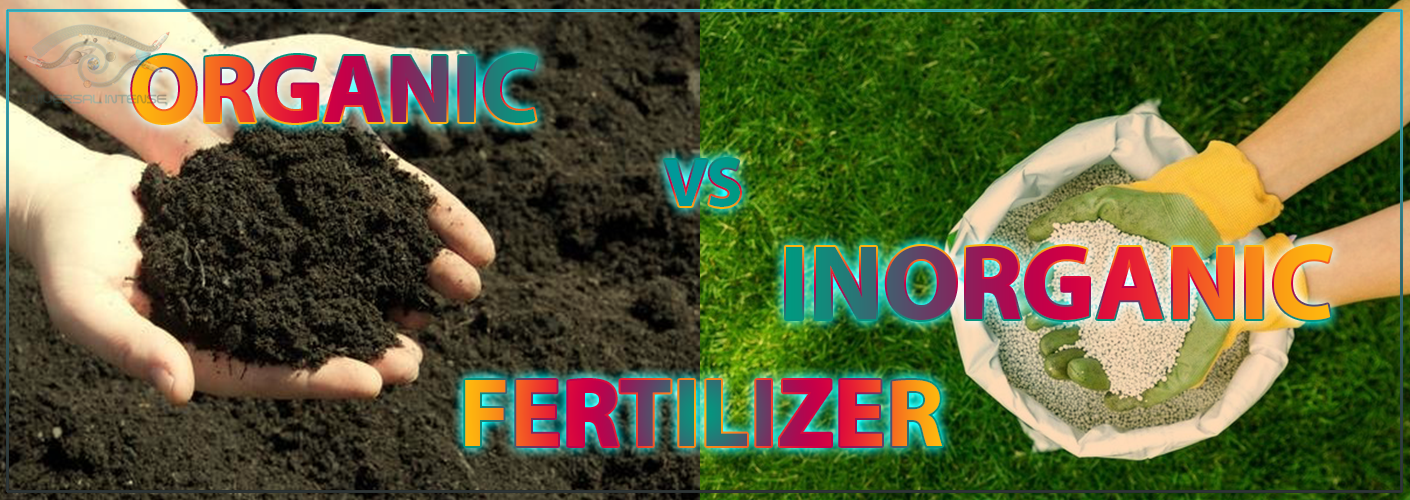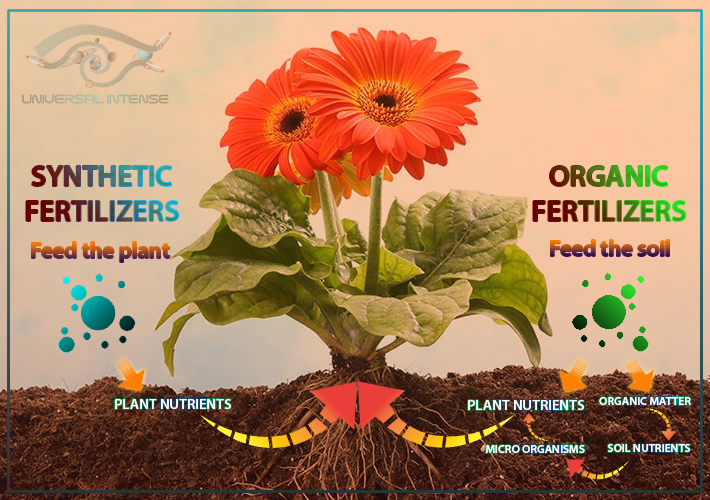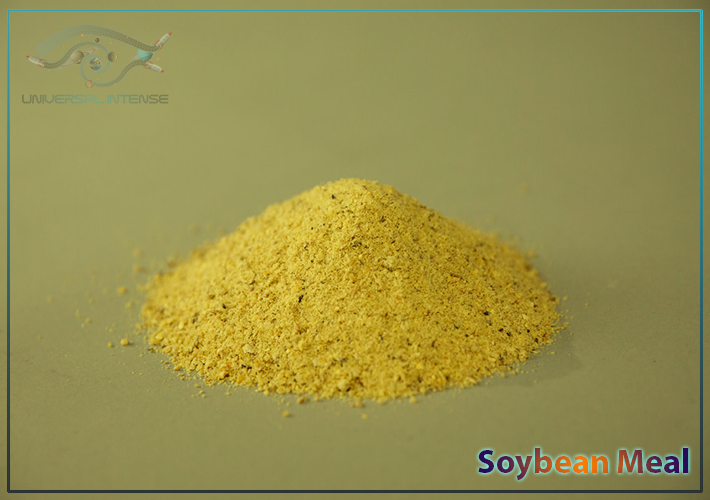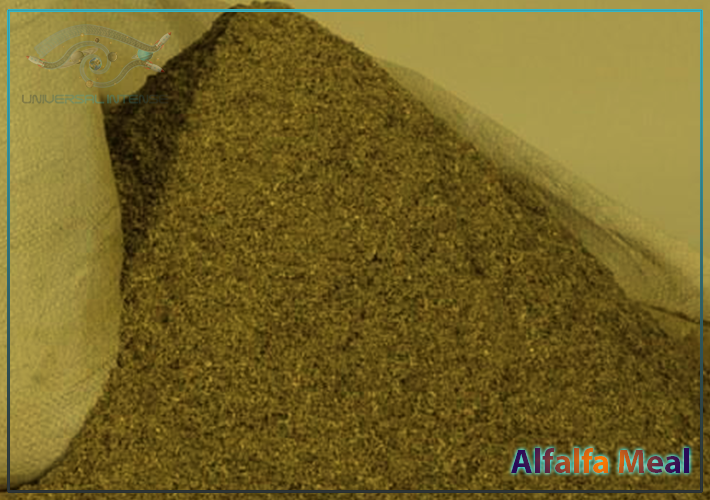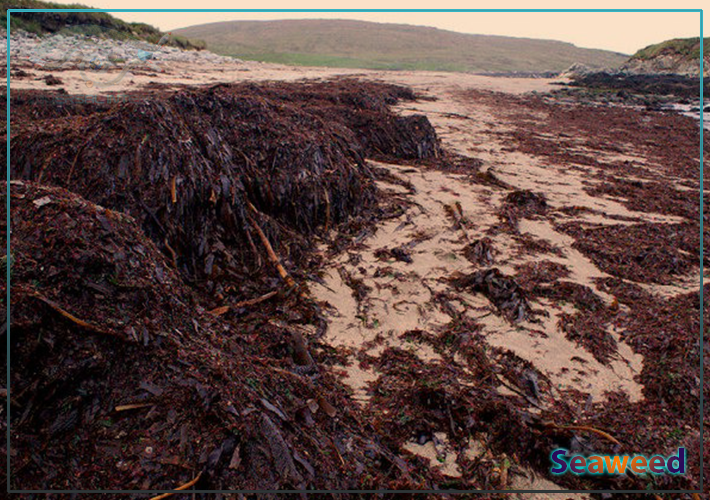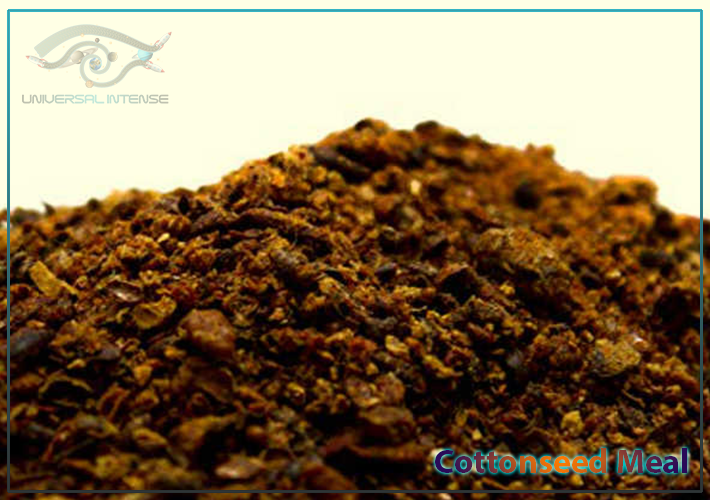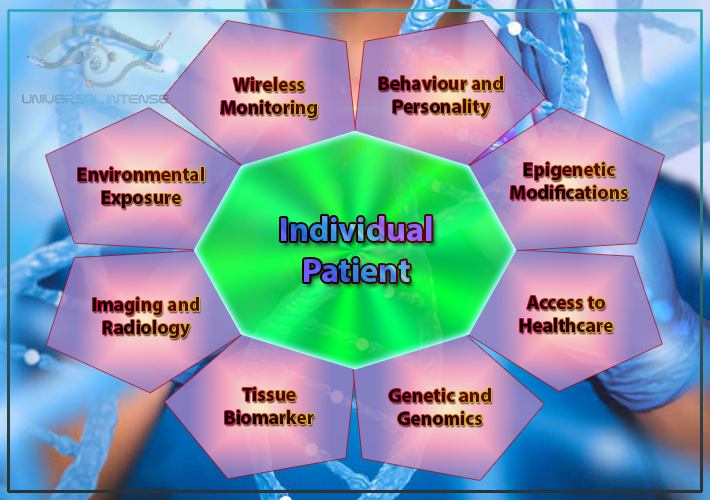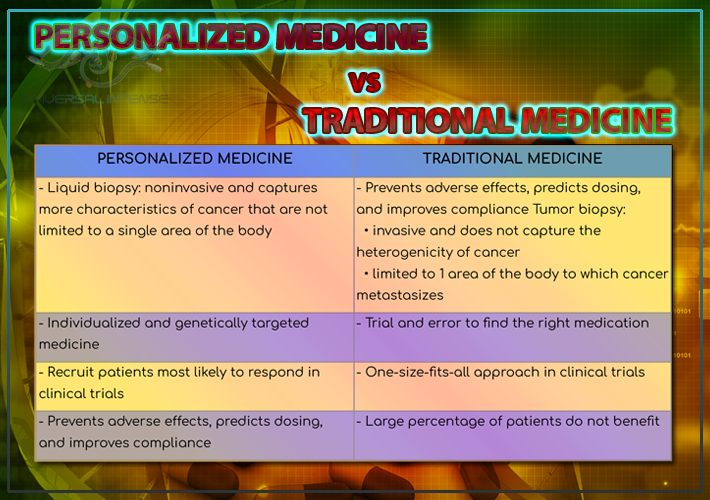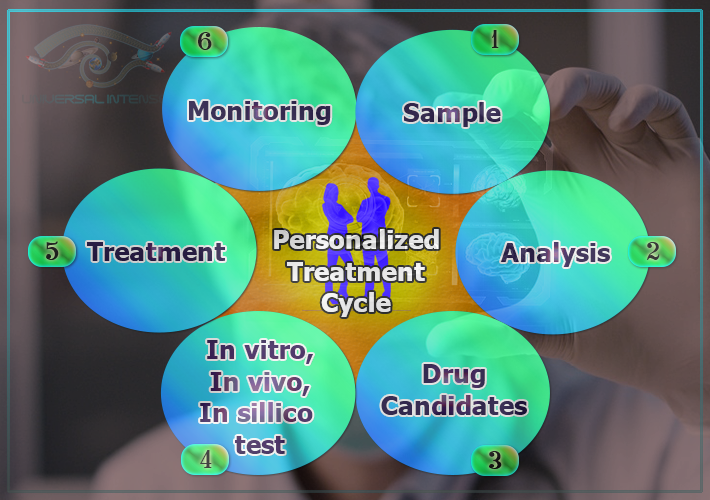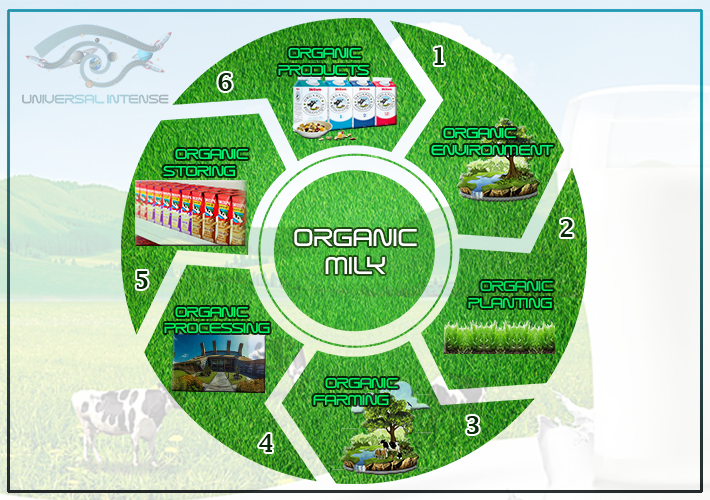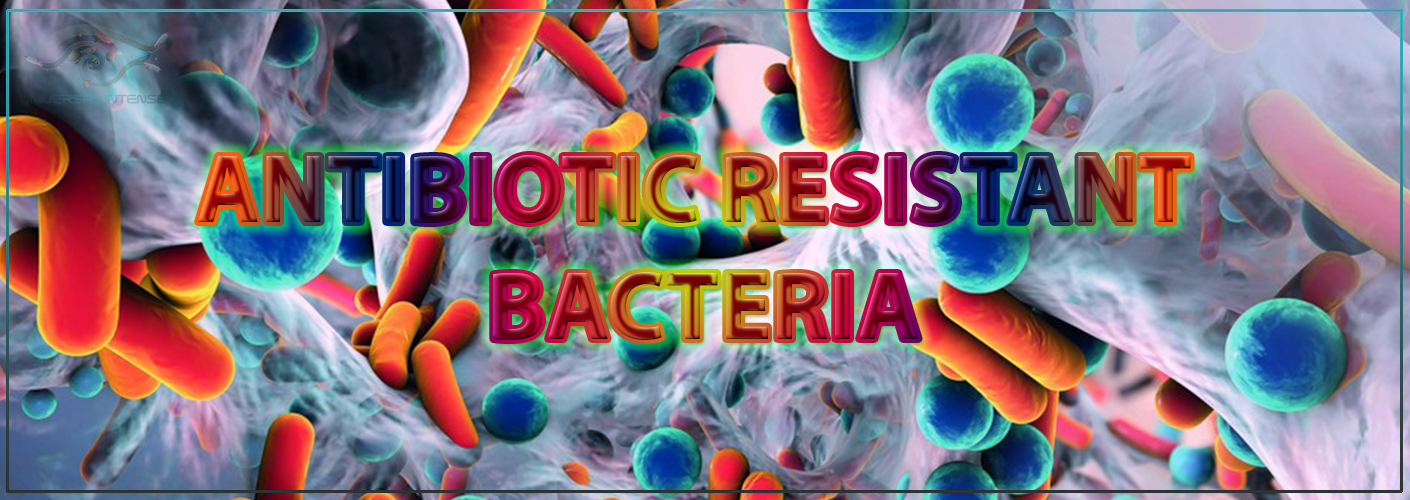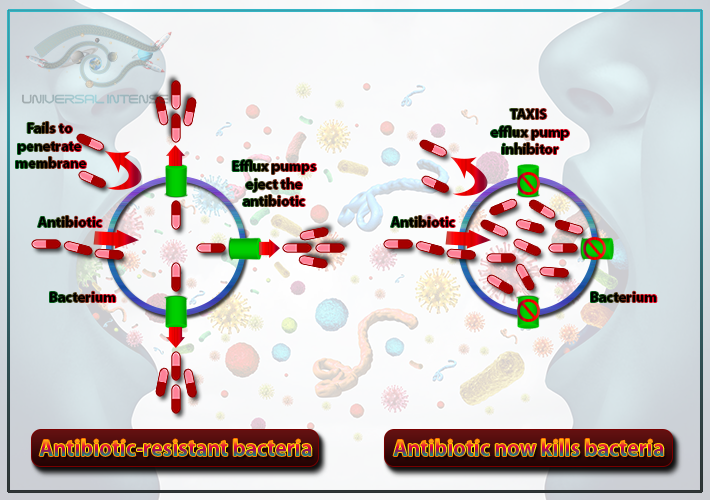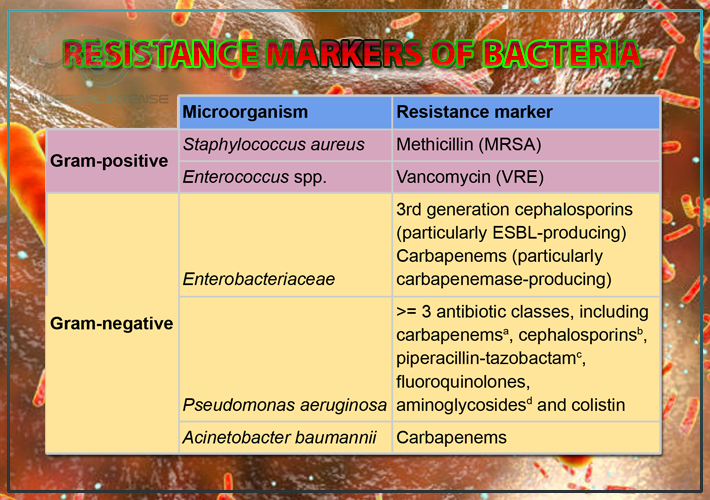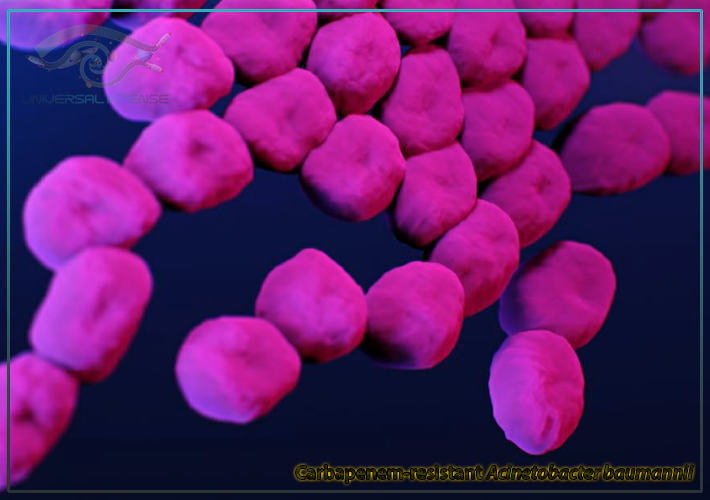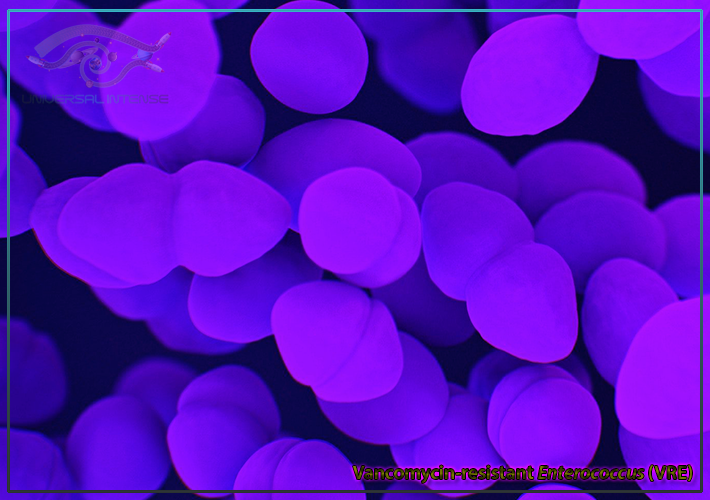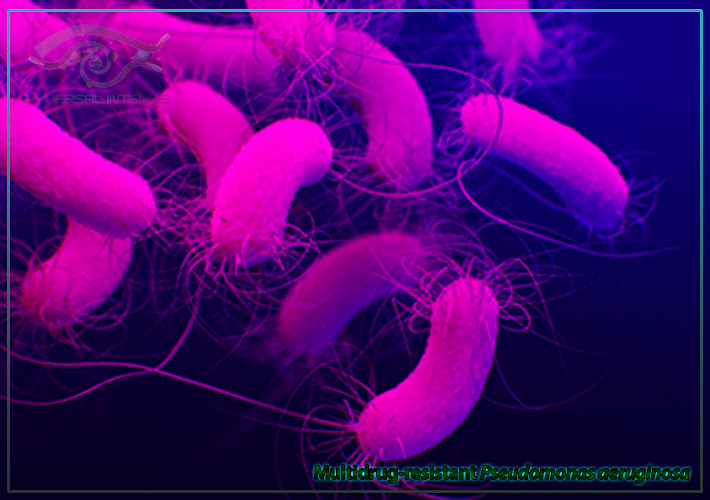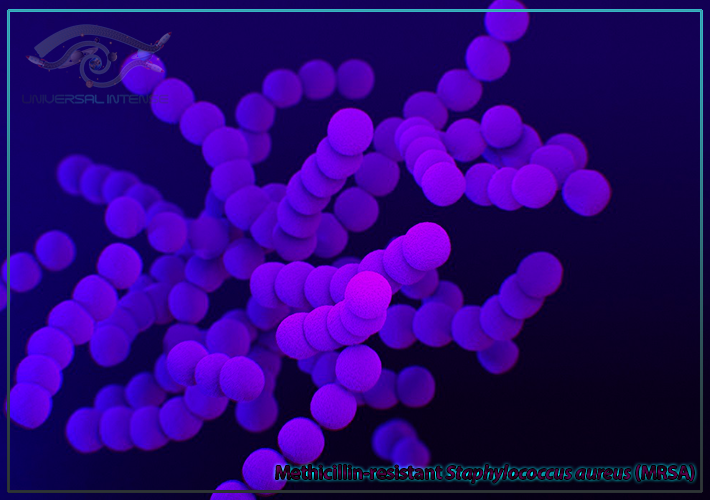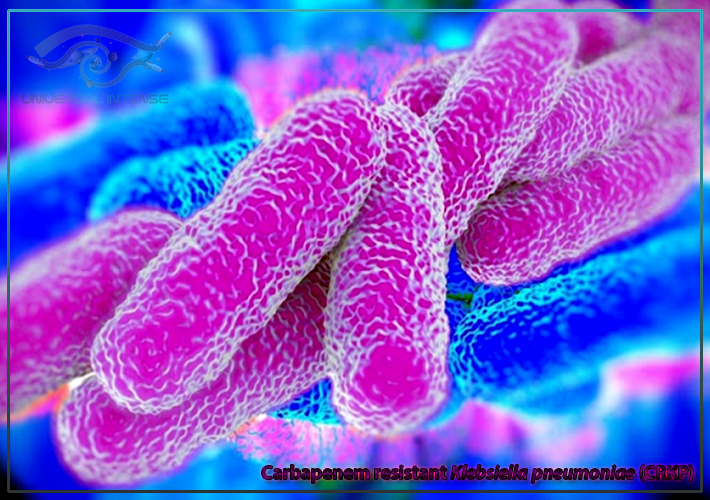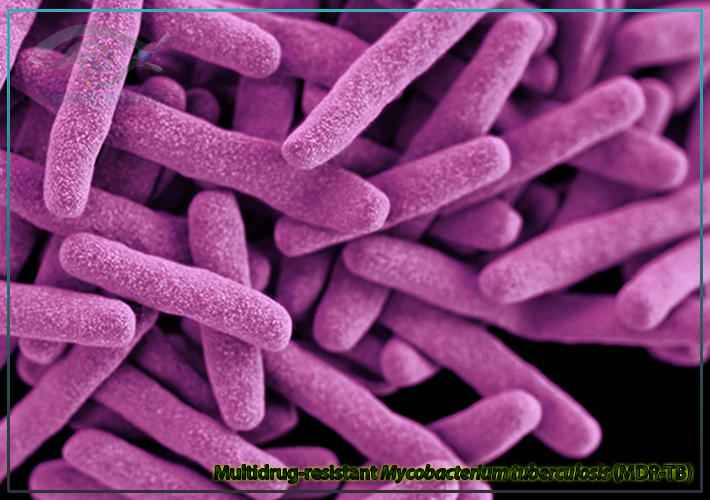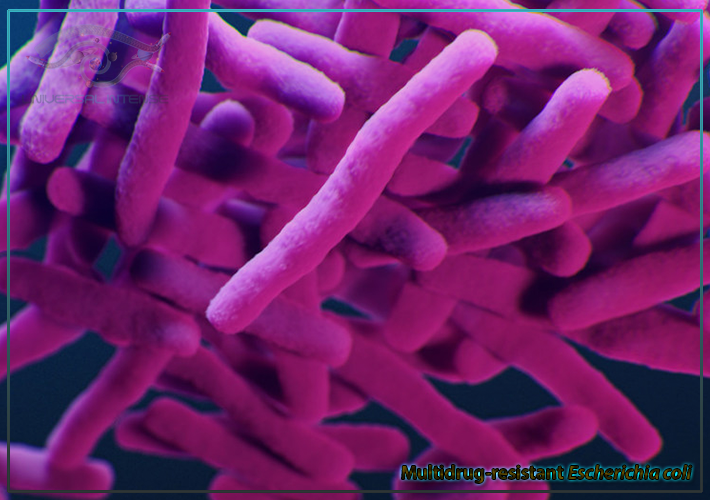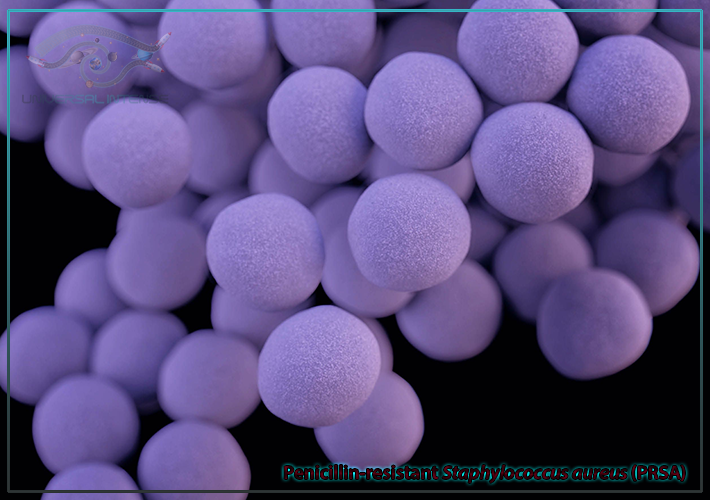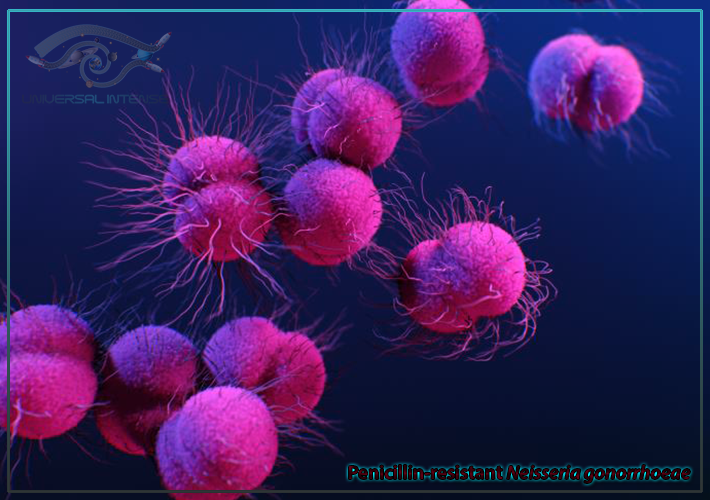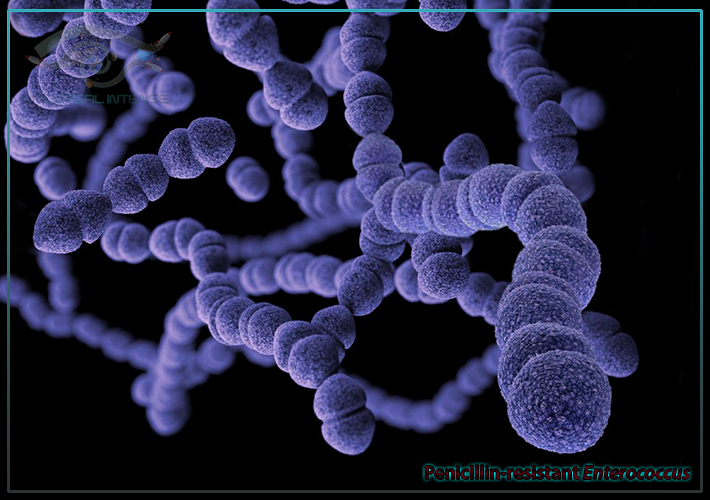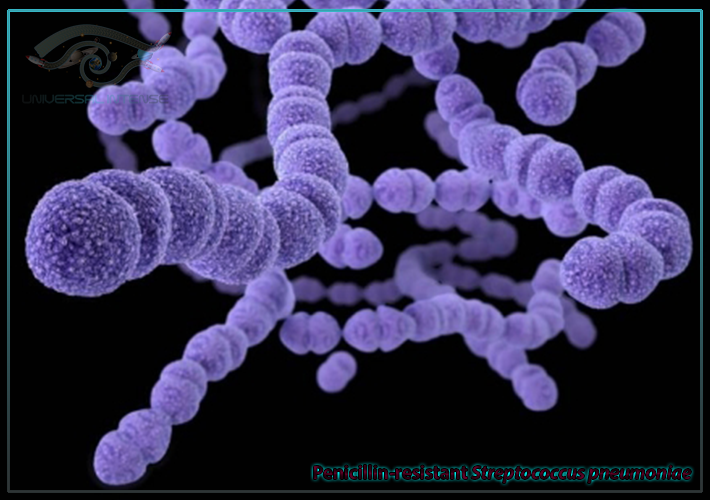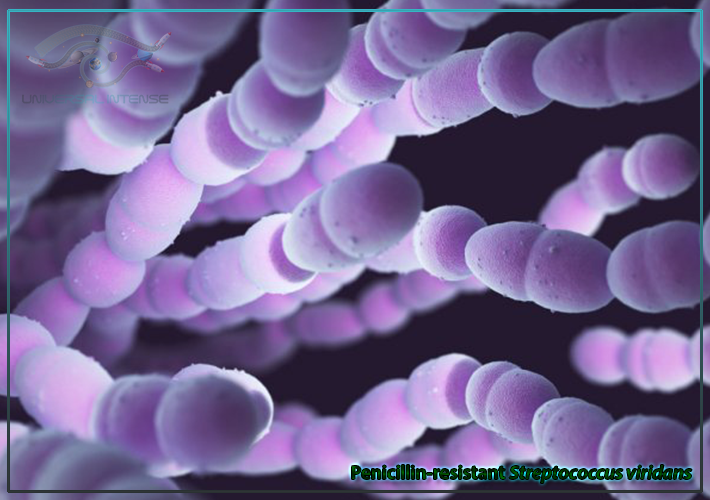ORGANIC FERTILIZER VS INORGANIC FERTILIZER
The organic vs inorganic fertilizer could be a small bit of a misnomer since as you compost things, they inevitably get broken down into fundamental building blocks which are the same as what you’d provide with mineral or chemical fertilizers.
As an example, urine is rich in phosphorus, potassium and nitrogen ‘organic fertilizer’, but composts so rapidly and has such a tall concentration of completely broken down natural compounds that it isn’t appallingly diverse from a fluid fertilizer and it’s a nice replacement instead of synthetic nitrogen fertilizer.
The behavior of Organic and Inorganic Fertilizers
The choice between organic and inorganic fertilizers boils down to nutritional requirements. Both organic and inorganic fertilizers supply the minerals required for development; however, whereas inorganic fertilizer transport nutrients quickly, organic fertilizers move more slowly, organically, and healthily.
Organic fertilizers induce a better increase in soil properties and microbial community than mineral fertilizers, according to the study of the main components with metrics associated with soil quality. As a result, organic and combination fertilization might be utilized as a substitute for nitrogen mineral fertilizers in any crop, as these treatments improved soil properties and microbial population size and activity while increasing crop output and quality.
Organic Fertilizers
Edit buildups, creature fertilizers and slurries are the central natural fertilizers. In spite of the fact that they have shifted wholesome values, they are for the most part displayed on the cultivation and the supplements and the natural carbon they contain are reused. Creature excrements and slurries cover a wide run of supplement sources with diverse physical properties and supplement substance. Moreover, their supplement substance shifts territorially and depends on the sort of animals and the cultivated administration framework.
Inorganic Fertilizers
Synthetic fertilizer (inorganic fertilizer) is composed of synthetic chemicals and minerals. Most of the minerals in inorganic fertilizer are mined from the soil, and adjusted inorganic fertilizers are tall in all three macronutrients and can contain ammonium sulfate, magnesium sulfate, and potassium chloride and also, inorganic nitrogen is commonly made from petroleum.
Different types of organic fertilizer
1. Plant-Based Fertilizers
Compost fertilizers
Alfalfa and Soybean Meal fertilizers
Seaweed fertilizers
Cottonseed Meal fertilizers
2. Animal-Based Fertilizers
Animal Manure fertilizers
Bone Meal fertilizers
Fish Emulsion fertilizers
Fish meal fertilizers
Shellfish fertilizers
Blood meal fertilizers
3. Mineral Fertilizers
Rock Phosphate fertilizers
Greensand fertilizers
Types of synthetic fertilizers
Slow/Controlled-Release and Specially Formulated fertilizers
Complete and Balanced fertilizers
Nitrogen fertilizers
Phosphorus fertilizers
Potassium fertilizers
Urea fertilizers
Organic Plant-Based – Compost fertilizers
The organic matter utilized here can be vegetable and plant squander or animal excreta. It is organic matter decaying through in a small time period.
Organic Plant-Based – Alfalfa and Soybean Meal fertilizers
Soybean meal is definitely a utilitarian added substance for longer-lasting results amid soil maintenance as well as, here contains nitrogen, phosphorus, and neutral pH.
Organic Plant-Based – Seaweed fertilizers
Seaweed is a good provider of zinc and iron and is an immediate-release fertilizer. It matches well with the high-potash crops.
Organic Plant-Based – Cottonseed Meal fertilizers
Cottonseed Meal is an excellent organic fertilizer, grass has a very rich source of nitrogen and a small amount of phosphorus and potassium that can be mainly used to cover the garden soil to control the soil environment.
Organic Animal-Based – Animal Manure fertilizers
It really can originate from a wide range of animals. As an example cow dung and urine, helps reduce weeds while also increasing the soil’s moisture-holding capacity and air penetration.
Seabird guano is an organic lawn fertilizer. It would have the ability to inhibit nematodes in the soil and function as a natural fungicide.
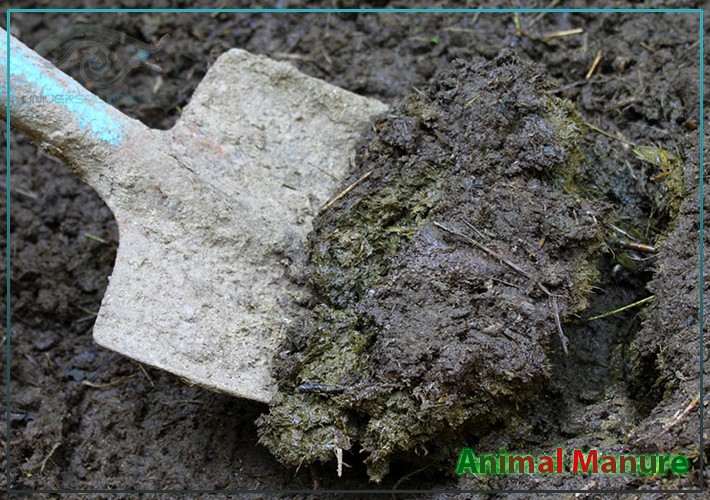
Organic Animal-Based – Bone Meal fertilizers
Crushed animal bones are used to make bone meals. It is high in phosphorus and calcium, and it also contains some nitrogen. It can improve plant seedling growth, aid in the growth of blooms, and boost production.
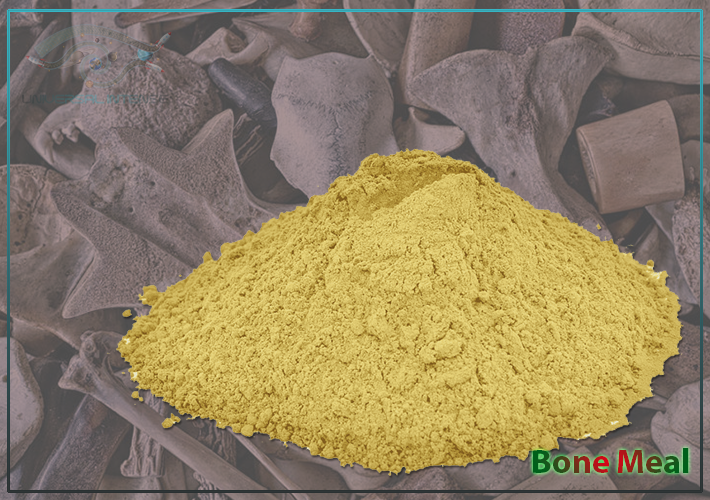
Organic Animal-Based – Fish Emulsion fertilizers
This nitrogen-rich combination of finely crushed, decomposing fish contains a high concentration of nitrogen. It works as a soil conditioner. But be cautious. Fish emulsion is very acidic, and excessive application can cause plants to burn.
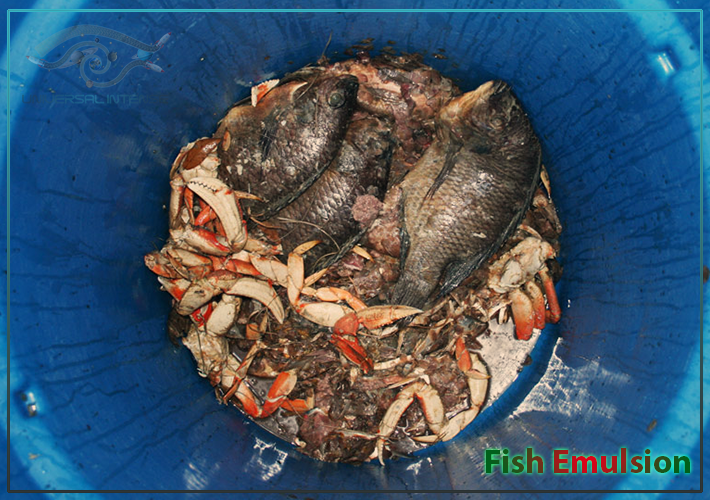
Organic Animal-Based – Fish meal fertilizers
Fish meal is a high-nitrogen, high-phosphorus, and high-calcium fertilizer that releases quickly. It can help plants grow by improving soil health, increasing fertility, and increasing soil health.
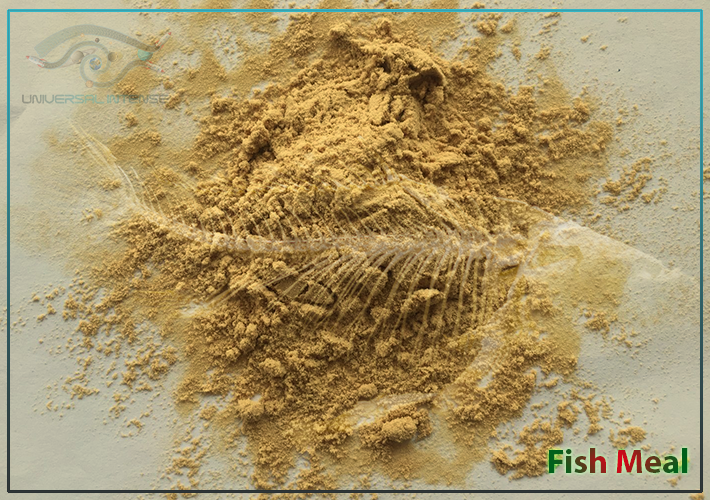
Organic Animal-Based – Shellfish fertilizers
Broken shells and bones of shellfish and crabs are used to make shellfish fertilizer. Organic shellfish fertilizers are high in calcium and phosphorus, as well as other trace minerals. It means it may aid in blooming and root development. It also contains chitin, a substance that prevents some pests from growing.
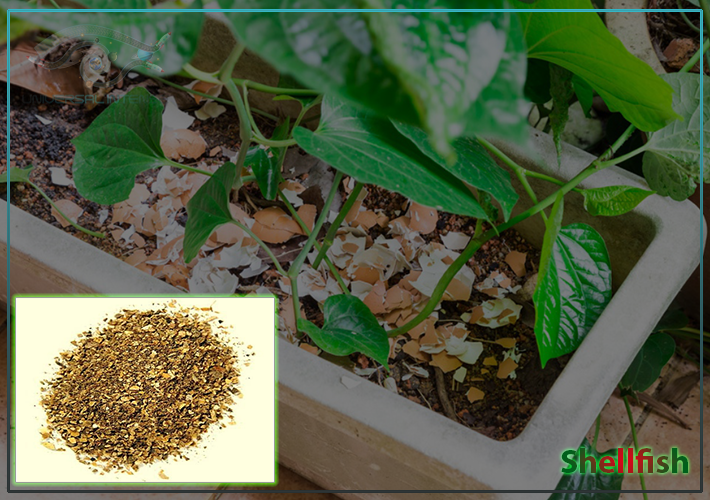
Organic Animal-Based – Blood meal fertilizers
A dried form of animal blood is known as a blood meal. It can increase the amount of nitrogen in the soil and help the plants grow more densely. Nitrogen released immediately encourages blooming and acts as a natural insect deterrent. However, use and application should be done with caution, because too much application might cause the plant root to burn.
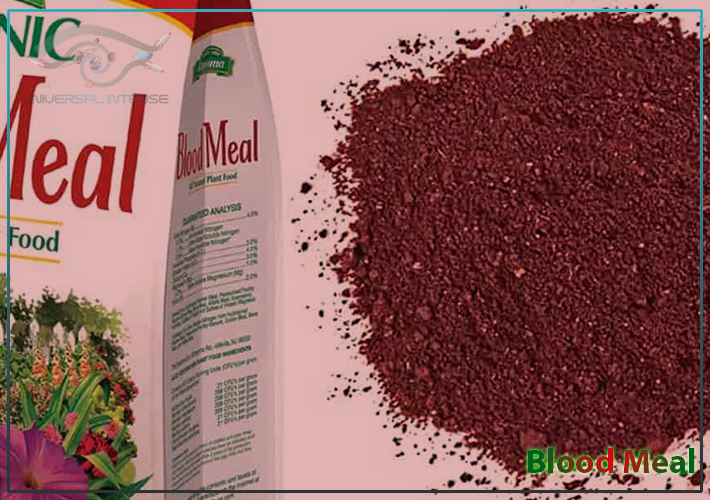
Organic Mineral – Rock Phosphate fertilizers
Phosphate is extracted from mineral rocks and clay. It has over 30% phosphate, together with high concentrations of trace micronutrients. It can be used to increase soil acidity and encourage plant seedling growth.
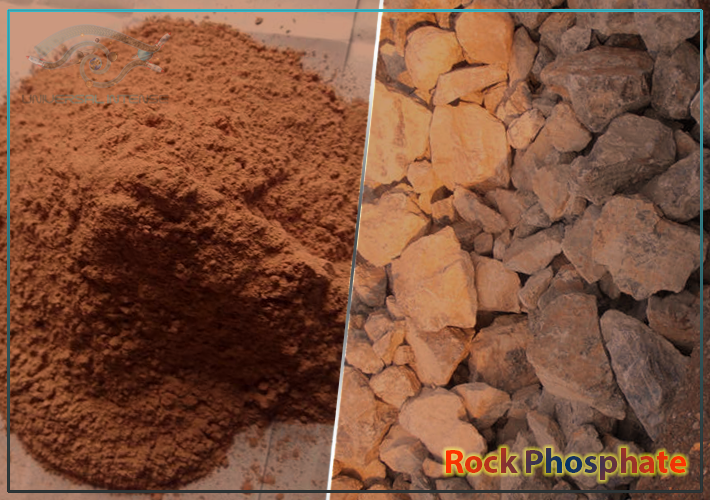
Organic Mineral – Greensand fertilizers
Greensand is a glauconite-rich olive-green sandstone. Iron, potassium, and magnesium are abundant in this fertilizer. It would aid in the stimulation of blooming flowers and fruit production of fruit trees. And also it aids to improve the rhizosphere by loosening the soil and increasing the water content in it.
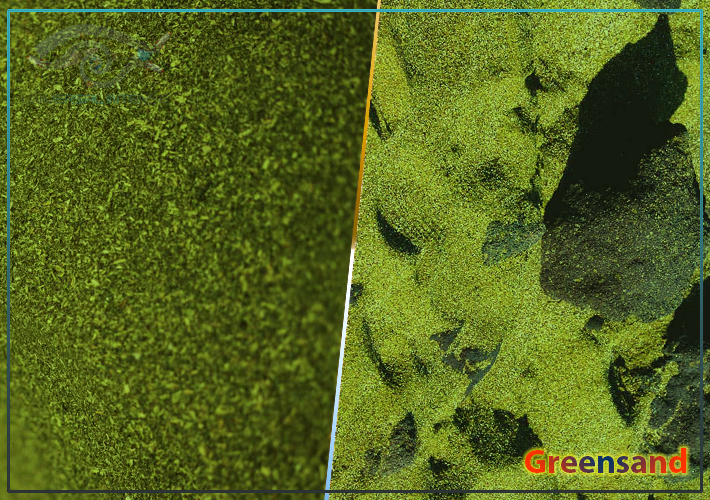
Inorganic or Synthetic – Slow/Controlled-Release and Specially Formulated fertilizers
Slow-release formulas are another type of inorganic or synthetic fertilizer. The bigger molecules in these formulations are coated. They’re designed to decompose slowly in the soil. The nutrients in a standard slow-release fertilizer are released over a period of 50 days to a year. This decreases the risk of the plant or root system being burned.
Synthetic fertilizers that have been specially developed for a certain type of plant are available. The plant feeds for cocoa, azaleas, rhododendrons, and roses are among the unique formulas available. Specially prepared fertilizers are often acidic and should only be used on the plants for which they were designed.
Inorganic or Synthetic – Complete and Balanced fertilizers
Single-nutrient and multi-nutrient formulas are available in inorganic fertilizers. Complete and balanced fertilizers are included in multinutrient solutions. Basic nutrients including nitrogen, phosphate, and potassium are found in these. Secondary and micronutrients such as calcium, magnesium, boron, and manganese may also be present.
Three digits are printed on the fertilizer box. The digits related the percentages and that reflect how much nitrogen, phosphorus, and potassium are present. NPK 5-10-5, for example, is a fertilizer that comprises 5% nitrogen, 10% phosphorus, and 5% potassium. NPK 10-10-10 is an example of a balanced fertilizer since it contains equal levels of each nutrient.
Inorganic or Synthetic – Nitrogen fertilizers
Inorganic nitrogen fertilizers are available in a variety of forms. Ammonium nitrate, potassium nitrate, calcium nitrate, and urea are all examples of nitrates. These fertilizers have a lot of nitrogen in them. One of the most important elements for plant development is nitrogen. These inorganic fertilizers, on the other hand, have a tendency to raise the pH of the soil when used. They make seedlings more vulnerable to burns and damage.
Others extract moisture from the atmosphere. It’s tough to apply and store because of this.
Inorganic or Synthetic – Phosphorus fertilizers
Inorganic phosphorus fertilizers like rock phosphate persist in the soil for years after they’ve been applied for the first time. Only acidic soils benefit from rock phosphate. In neutral or alkaline soils, the nutrients do not break down for plants.
Another type of phosphorus fertilizer is superphosphate. When applied, this has no effect on the pH of the soil. Water-soluble granular form ammonium phosphates also come.
Inorganic or Synthetic – Potassium fertilizers
Potassium sulphate and potassium nitrate are examples of inorganic potassium fertilizers. Potassium chloride, commonly known as muriate of potash. Muriate of potash is the most often used potassium fertilizer. Plants can be sensitive to chloride in some instances. Potassium sulphate, commonly known as sulphate of potash, is a superior alternative if a plant is sensitive to chloride. It doesn’t have any chloride in it. Potassium nitrate is simple to use. This is due to the fact that it does not draw moisture from the air. However, following application, it modestly raises the pH of the soil.
Inorganic or Synthetic – Urea fertilizers
Urea is a nitrogen fertilizer that is made from organic materials. It is taken from plants via space in the soil. During the key time span, urea should be applied every 4 to 8 days. Urea dissolves in the soil as molecules that are absorbed by the soil via hydrogen bonds. It is also known as carbonic acid [H2NCONH2]
Inorganic or Synthetic – Triple Super Phosphate (TSP) fertilizers
Triple Super Phosphate (TSP) was one of the first high-analysis phosphorus (P) fertilizers to gain widespread usage in the twentieth century. It is also known as calcium dihydrogen phosphate [Ca(H2PO4)2.H2O] and monocalcium phosphate [Ca(H2PO4)2.H2O] in technical terms. Despite its long history as a P source, its popularity has waned as other P fertilizers have gained popularity.
Difference between organic and inorganic fertilizers in table form
ORGANIC FERTILIZER | INORGANIC FERTILIZER |
They are inexpensive. | They are expensive. |
Improves the structure and texture of the soil. | It has no defined form. |
Controlling the amount of nutrients provided is difficult. | Controlling the amount of certain nutrients provided is simple. |
Aid in the prevention of soil erosion. | Cannot help prevention of soil erosion. |

